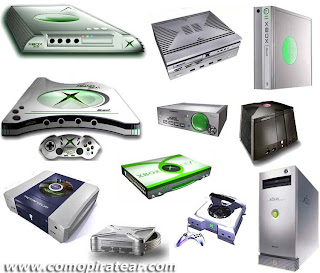Introduction:The number of subscribers with wireless access to the Internet through laptops, personal digital assistants (PDAs), cellular phones, pagers, and other wireless devices is rapidly increasing. In 1998, 1.2 million people had wireless web access. IDC predicts that in 2003 the number of wireless Internet subscribers will be 40.4 million. Because this market is growing at such a fast rate, content providers see an opportunity to enter the market by forming partnerships with wireless carriers to deliver data applications to wireless devices. In fact, companies solely dedicated to this type of service are starting to appear.
Analysts predict that e-commerce will be a key application for wireless Internet access. Buying books, trading stocks, reserving hotel rooms and renting cars from anywhere will be easy and consumers will demand these types of services. IDC states that the wireless Internet transaction value in 1998 was $4.3 billion. This number is expected to increase to $38 billion in 2003. IDC predicts that carriers will eventually charge a flat monthly fee for wireless access. Fees for wireless access will drop to be equal to or less than voice services in the next few years, allowing most people to afford wireless access to the Internet.
Wireless Content: Internet Portals
The Strategis Group defines a wireless portal as "a customized point of entry through which a wireless subscriber can access a limited number of Internet sites and services." Many wireless carriers offer internet content to their subscribers through partnerships with some of the large internet content portal companies. For example, AT&T offers its wireless Internet Digital PocketNet subscribers content from ABCNews.com, Bloomberg.com, AOL, and ESPN.com. Sprint PCS partners with AOL, CNN.com, Amazon.com and The Weather Channel. Other wireless carriers, such as USWest and AirTouch, have similar deals. Wireless networks that transmit data at speeds equivalent to or under 56 Kbps, or narrowband networks, are currently more readily available today than wireless broadband networks. Data delivery to wireless devices will be restricted by narrowband networks. Access to graphics and content best accessed through high-speed connections will be limited. Instead, time-sensitive and personalized data delivery, as well as e-commerce activities, will fuel the initial drive for the wireless content market.
Wireless portals will be targeted toward broad consumer markets and toward vertical business markets. It is expected that portals will serve as personalized information aggregators for end-users. Corporate wireless portal solutions may offer secure end-to-end wireless connectivity for business end-users, similar to a wireline intranet. Analysts expect two types of consumer portals to appear. "Push" portals will enable the end-user to set up custom information that they would like delivered to them periodically. "Push and pull" portals will both deliver personalized content to the end-user and allow the end-user to search the portal for information. Corporate wireless portal solutions will provide customized services like time sheet and expense report monitoring and integration, billing capabilities, sales force automation, and access to inventory databases.










.jpg)














